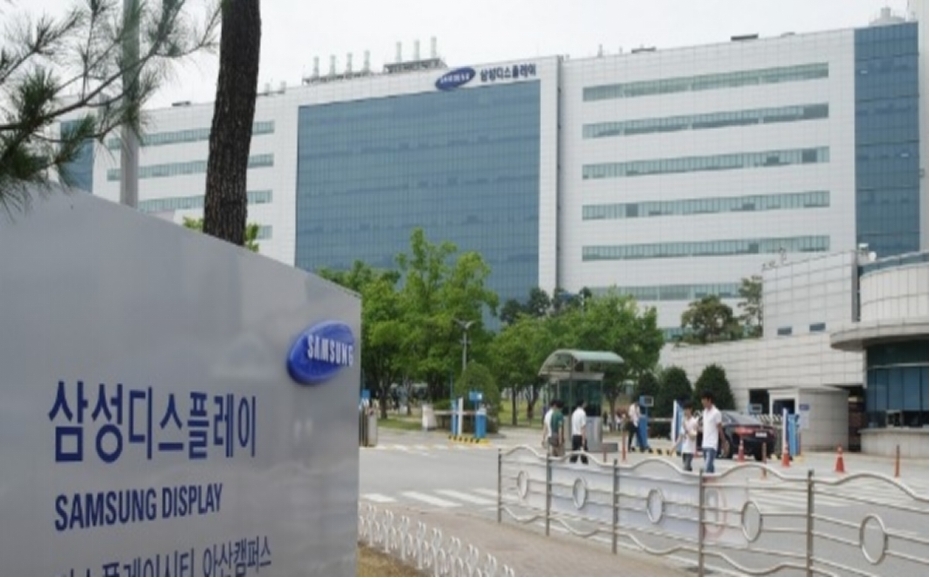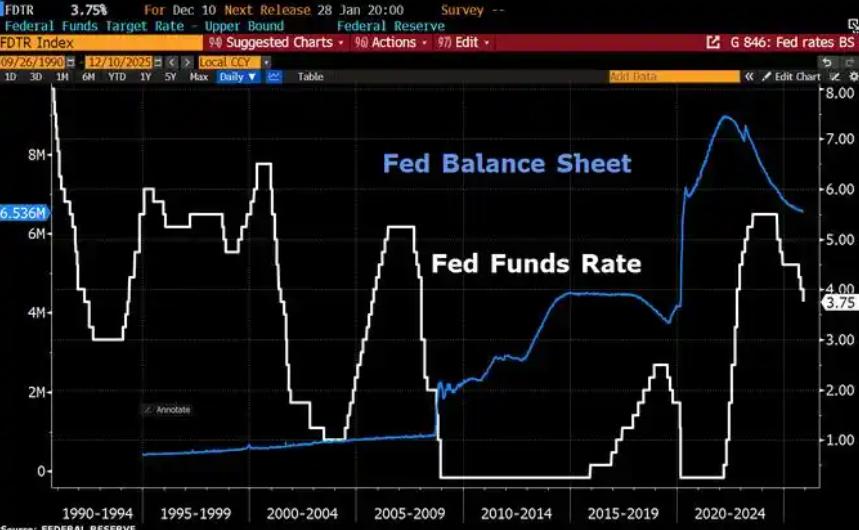
Samsung Electronics recently released its earnings forecast for the first quarter of 2025. The Company made a preliminary estimate of its financial performance during the quarter and disclosed the data to the public. Although on the face of it operating profit rose slightly year on year, this growth was too weak and showed a trend of sequential decline. The failure of the company to achieve revenue growth without effectively increasing profitability reveals a range of potential problems for Samsung, particularly in its semiconductor business.
According to the financial data, Samsung's consolidated sales in the first quarter were about 79 trillion won, near the upper end of its forecast, the result is mainly due to the recovery of demand for memory chips and the growth of consumer electronics shipments. However, despite the growth, operating profit rose only 1.69 per cent year-on-year and fell 0.15 per cent quarter-on-quarter. This "increase in revenue does not increase profit" situation shows that despite the growth in revenue, Samsung's performance in cost control and profitability improvement is far from the market's expectations. Especially in the semiconductor business, despite the recovery of memory chip demand, the overall market environment is still facing the dual challenges of price volatility and cost pressure.
Samsung Electronics' semiconductor business, especially its memory chip unit, has been an important pillar of its performance, but it is now under unprecedented pressure. The global memory chip market is becoming increasingly competitive, and price volatility and overcapacity have exacerbated the uncertainty in the industry. With the continuous introduction of new generation technologies, Samsung not only needs to increase investment in research and development, but also needs to face the fierce competition for market share. In this process, the competition in its traditional DRAM market has become more intense, and the downward pressure on prices is obvious. In addition, the profit of the memory chip product line has not effectively improved, although the actual profit is higher than the market expectations, but the improvement has not reached a breakthrough level. Samsung's semiconductor business is currently Mired in a situation of weak earnings growth and faces a dilemma that needs to be solved.
From the perspective of market demand, Samsung's memory chip business ushered in a pick-up in demand in the first quarter, but this pick-up is not a sustained trend, and the risk of cyclical fluctuations in the industry still exists. Samsung relies on the memory chip market, especially in the current global economic environment with increased uncertainty, the instability of demand may lead to greater uncertainty in the company's future performance. Even with modest growth in the quarter, future market volatility will still pose a significant threat to earnings, and there is no guarantee that this growth can be sustained.
In terms of consumer electronics, although Samsung has successfully increased shipments, it is still doubtful whether this growth can bring long-term stable earnings for the company. Competition in the consumer electronics sector has become increasingly fierce, especially in product lines such as smartphones, TVS and home appliances, and Samsung has occupied a relatively leading position in the market, but its overall profitability is still limited by cost control and changes in market demand. Especially with the rise of brands in China and other countries, Samsung faces increasingly fierce competition for market share. In the field of smart phones, the gap between Samsung and Apple, Huawei and other competitors is getting smaller and smaller, and the competition in the low-end market is becoming more and more fierce, which makes its profit space in this field relatively limited.
In the context of global economic weakness and increased uncertainty, Samsung's supply chain problems can not be ignored. Despite the company's efforts to optimize its supply chain, supply chain issues around the world continue to have an impact on cost control and productivity. Especially in the process of chip manufacturing and the production of consumer electronics products, raw material price fluctuations and logistics instability have become the norm, further aggravating the pressure on Samsung in cost control. Although Samsung has taken a variety of measures to address these challenges, in the short term, the instability of the supply chain will still have a greater impact on its performance.
In addition, Samsung's operating profit is expected to recover to 5.6 trillion won in the second quarter, however, this forecast is also accompanied by potential risks. Cyclical fluctuations in the semiconductor industry, the stability of the global supply chain, and changing market demand will all be key factors affecting Samsung's profitability. Although analysts are optimistic about the performance of the second quarter, these forecasts are still based on relative uncertainty and subject to large variables.
Overall, Samsung Electronics' first-quarter results did not miss expectations, but its revenue growth failed to effectively translate into profit growth, revealing deep-seated problems it faces in several business areas. In the semiconductor business in particular, price volatility, increased competition and cyclical volatility are having a significant impact on profitability. The pressure on consumer electronics and the global supply chain has also limited its overall profitability to a certain extent. Although Samsung is expected to achieve profit recovery in the second quarter, in the long run, how to effectively solve these problems and improve profitability will be the key to Samsung's continued leadership.
Therefore, from a business perspective, the challenge facing Samsung is not only the problem of market competition, but also how to find a breakthrough in the complex and changeable market environment. Simply relying on a rebound in demand for memory chips or an increase in shipments of consumer electronics may not be enough to support its future growth. This requires Samsung not only to make more efforts in technological innovation and cost control, but also to make more precise adjustments in the global supply chain and market strategy in order to maintain its competitiveness in the global technology industry.

Since 2022, the Fed has cumulatively reduced its balance sheet by $2.4 trillion through quantitative tightening (QT) policies, leading to a near depletion of liquidity in the financial system.
Since 2022, the Fed has cumulatively reduced its balance sh…
On December 11 local time, the White House once again spoke…
Fiji recently launched its first green finance classificati…
Recently, the European Commission fined Musk's X platform (…
At the end of 2025, the situation in the Caribbean suddenly…
The U.S. AI industry in 2025 is witnessing a feverish feast…